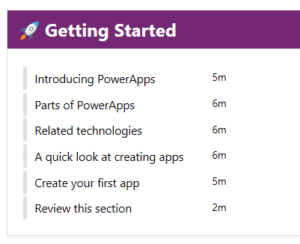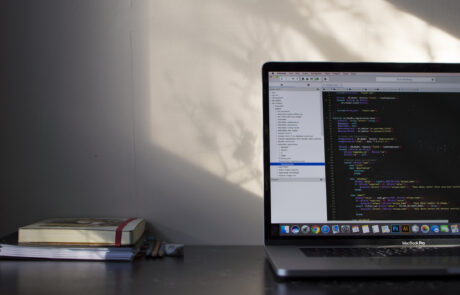“One of the questions managers will face when looking to build PowerApps is who can build a Power App? ”
Sure, Microsoft promotes PowerApps as a platform for citizen developers, but can a non-coder really learn to create PowerApps?
I spent four weeks doing an in-depth dive on the capabilities of PowerApps during the northern summer of this year. I read all the documentation and built five apps to really get a feel for the good, the bad, and the ugly. After doing so I can confidently state that a non-coder can learn to create robust, functional PowerApps.
The reason is not that Microsoft has magically figured out a way to make app development so simple that anyone can instantly build one. To their credit, PowerApps has removed a good bit of the coding necessary to build an app. You really can create a mobile app with a bare-minimum of coding – I don’t want to knock their efforts. However, what makes me so confident that a non-coder can learn to create PowerApps is that Microsoft has made education, documentation, and training a central part of the user experience on the PowerApps platform.

Figure 1 – Guided Learning Modules
It all starts with Guided Learning. The guided learning modules are short, concise, and have a natural flow to them. Each miniature lesson builds on the last without being overbearing. For a non-coder, this kind of hand-held experience is critical.
Secondly, the documentation is extensive and up to date. The Canvas App (a blank app) documentation features quickstarts, tutorials, samples, concepts, and how-to guides. Finally, there is a full reference of formulas and controls. While this can be a bit overwhelming at first, a user with a bit of experience can use this reference material to resolve most questions.
The single biggest benefit to a new PowerApps developer is the availability of app templates. App templates are pre-built, functional PowerApps that can be loaded and run from the developer portal, https://create.powerapps.com. These app templates allow new developers to open and see what a finished PowerApp looks like. Because the PowerApp is real, the developer can look through each screen, click and inspect every control, and see every formula and expression to make the application work. This learn-by-example method is key to allowing a non-coder to see just what it takes to make a real power app. It provides an invaluable learning experience.

Figure 2 – App Templates
Finally, the community for PowerApps is both active and welcoming. From general discussions to specific help on expressions and formulas, the community provides a wonderful resource for new developers and especially to non-coders. For many new developers, their questions will have been answered by others who previously had the same question. The community creates a way to move past a stumbling block and get on with the next challenge.
Once a developer feels comfortable, there are also blogs on advanced concepts that can really create streamlined, efficient, and powerful apps.
PowerApps opens a new world to non-coders and will allow them to create web applications that would otherwise be too difficult or require years of education to create. With PowerApps, a desire to learn, and a month of time even non-coders will be capable of creating production-ready apps.










